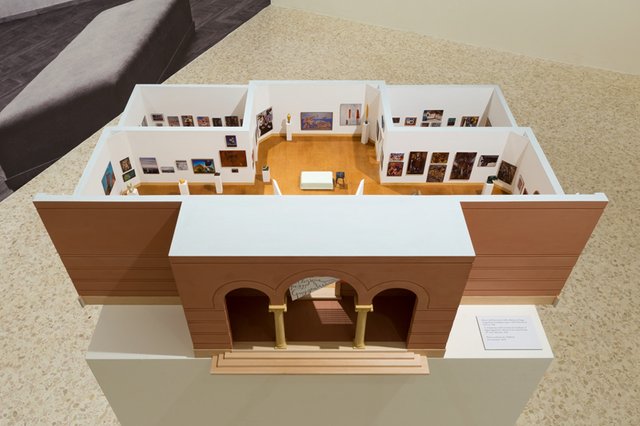
Not only was it the first display of a comprehensive modern art collection in Italy after two decades of dictatorial regime, but also the first showing of Peggy’s collection in Europe, following the end of the Second World War and her move to Venice from New York, where she closed her museum-gallery Art of This Century (1942-47).
The Empty Man
Børning 3
Mulan
Honest Thief
The War with Grandpa
hybrid-analysis
world-surf
ideone
slexy
topsearch123
onfeetnation
88posts
caribbeanfever
Peggy exhibited her collection in the Pavilion of Greece, then ravaged by the civil war. Her participation was upon the invitation of then Secretary General of the Biennale Rodolfo Pallucchini, on the advice of the artist Giuseppe Santomaso. At a time when the Italian Pavilion was dominated by Impressionism and Post-Impressionism, more than any other exhibition in that Biennale, Peggy’s collection surveyed the most contemporary art. This included Cubism, Futurism, abstraction, Surrealism, and, above all, Abstract Expressionism, the latest development of American art. It was the European debut of Jackson Pollock’s art and the first appearance outside the United States of a new generation of American painters, including William Baziotes, Mark Rothko and Clyfford Still. Peggy exhibited 136 works of art, over 20 of which she subsequently donated to museums worldwide.